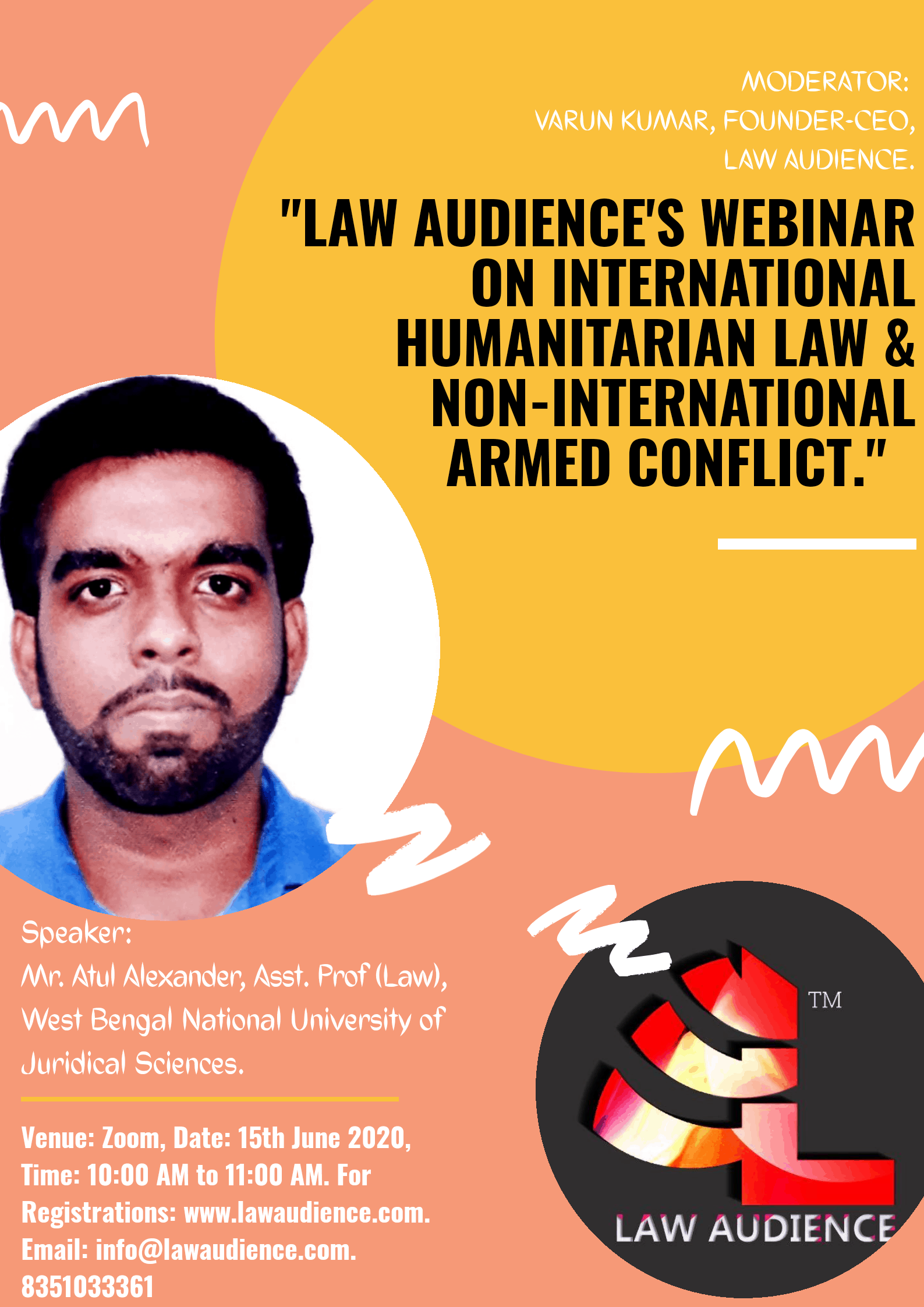



The situation of an internationalized armed conflict can occur when a war occurs between two different factions fighting internally but supported by two different states (Stewart, 2003, p 315). The second armed conflict recognized by international humanitarian law is a new phenomenon known as 'an internationalized armed conflict'. A good example would be the North Korean- South Korean war of 1950. This means that the occurrence of international armed conflict is clear, that is, it would be a conflict between the legal armed forces of two different states. According to the Geneva Conventions of 1949, common article 2 states that “all cases of declared war or of any armed conflict that may arise between two or more high contracting parties, even if the state of war is not recognized, the convention shall also apply to all cases of partial or total occupation of the territory of a high contracting party even if the said occupation meets with no armed resistance'' (Geneva Convention, 1949, common art.2). International humanitarian law does make it clear what an international armed conflict is. There are three types of conflicts that are recognized by international humanitarian law: international armed conflict, internationalized armed conflict, and non-international armed conflict.


 0 kommentar(er)
0 kommentar(er)
